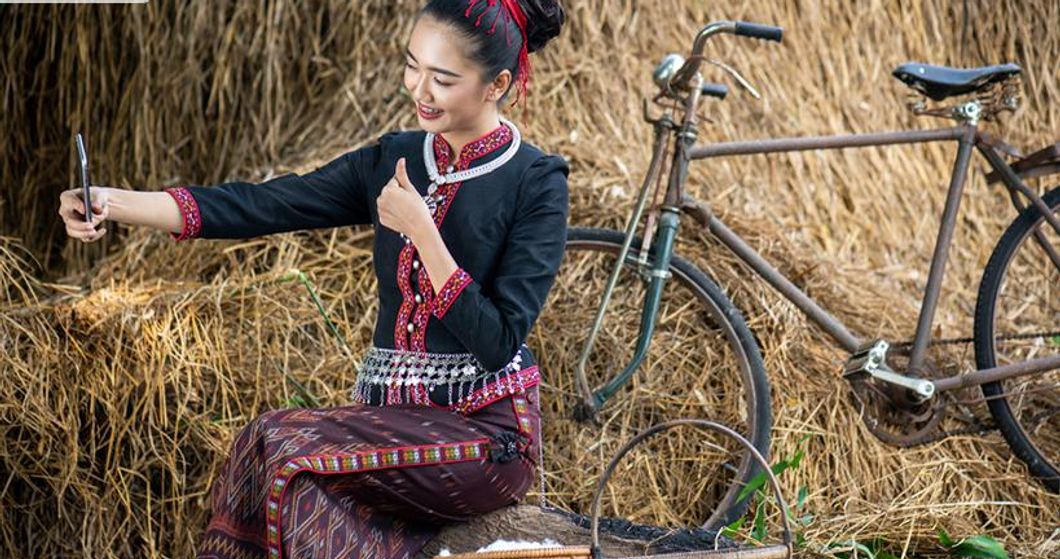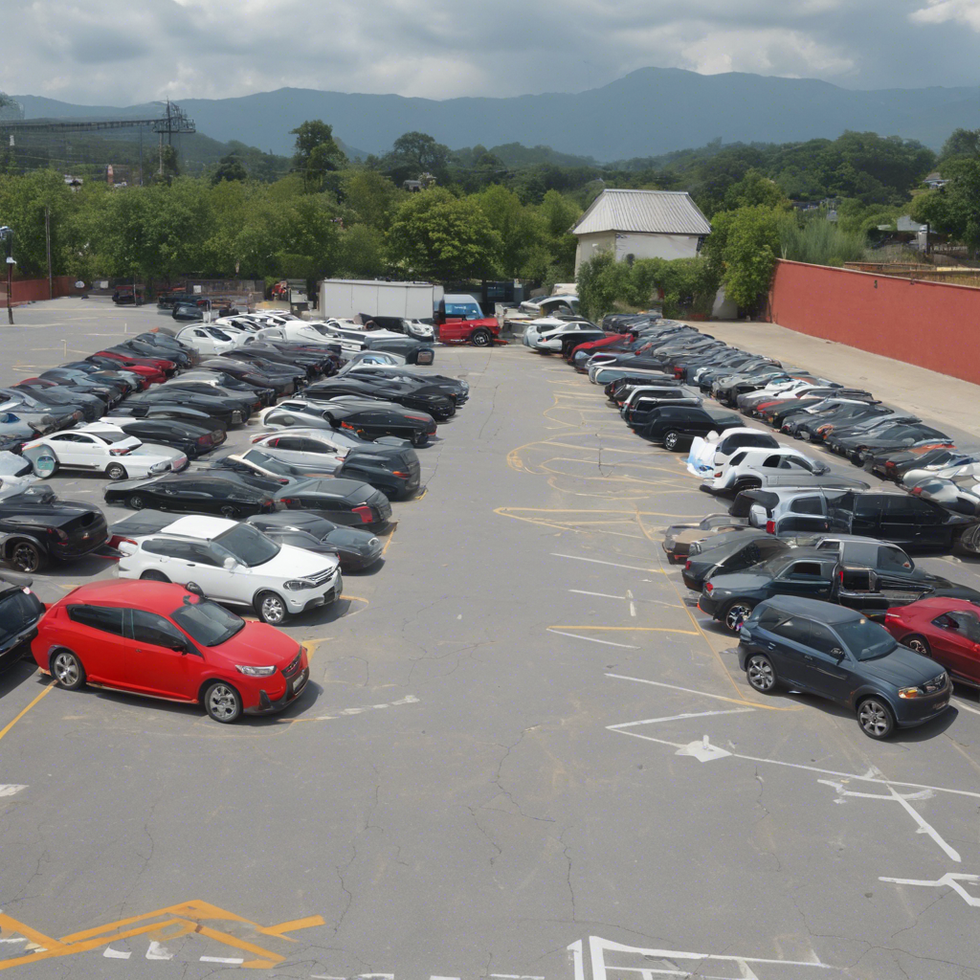When the world was closed we all knew nothing was open and so were the schools, colleges and other educational institutions. The lockdown of March 2020 resulted in e-Education which has shown the true colors of the digital divide in rural and urban areas. Only 24% of households have access to the internet in rural areas. And out of all the students of the Government schools were the worst hit because almost 80% of the students have not received the study material from the states of Odisha, Bihar, Jharkhand, Chhattisgarh and Uttar Pradesh.
When we talk about digitalisation in education, there are not just one but multiple factors that affect it many ways especially in rural India-
- In India there are many people who do not have infrastructural support to come at par with what the online classes usually require. Although the networks and internet connections are improving a lot but the timing of electricity is limited and the tower connections are not available everywhere.
- The smartphones or laptops or computer online classes are not available to everyone but the extra technological things are not accessible everywhere which is headphones, earphones and mike. These things are rarely available with few of the families.
- Smart Classrooms and digital learning are something which is seen in public schools and institutions and not in government schools so it is pretty much obvious that there is a lack of familiarity with the technology.
- As we all know that since many of the students are not literate in rural areas of India hence the availability of teachers in such areas is comparatively less. This is the reason that this lockdown could not help these students a lot. Also, many schools have laid off many teachers because the owners could not afford to pay the teachers full salary.
More rural India challenges
The usage of smartphones has been limited to few families initially but now the trend seems to change as the percentage of students using a smartphone has increased to 61% in the last two years according to the latest education articles by Economic survey 2020-21. They further concluded that if it continues and grows in the same pace the digital inequality is going to decline further resulting in educational outcomes.
The survey was also tabled in Parliament on Friday where they said, ""Access to data networks, electronic devices such as computer, laptop, smartphone, etc. gained importance due to distance learning and remote working.... Percentage of enrolled children from government and private schools owning a smartphone increased enormously from 36.5 pc in 2018 to 61.8 pc in 2020 in rural India".
They also mentioned that India has a literacy rate of 96% at the elementary level but it still has to reach the mark of 100% which we may attain in a near future. Literacy rate of age group seven and above is 77.7% as per the latest education news of National Sample Survey (NSS) concluding that it differs according social-religious groups of SC,ST, OBC and which is also prevailent in Hindu-Muslim religious groups.
New Education Policy
Union Cabinet of India has approved a new change in the education system with the new policy which is 'New Education Policy (NEP)' 2020 which will revolutionize Indian educational system. The aim of this policy is to make India a 'Global Knowledge Superpower' and just after this the Cabinet has also renamed the Ministry of Human Resource Development to the Ministry Of education.
Here is a plan that India has to achieve by 2030 which is to provide education universally with 100% gross enrolment ratio, it has to be executed in order to bring that 2 crore out-of-school students back into the mainstream of education. And the board exams of 10th and 12th would be made comparatively easier so the students could easily clear exams and the core of the subject becomes clear rather than the quantity of the syllabus. Classes upto 5th will be taught in the regional language to promote the diversity of language and the vocal education would be started from 6 standard.
Usually the changes in the educational sectors are made after every decade but this change took almost 34 years to be executed and to be followed. The new education policy replaces the 1986 education system which is a great change considering the history of India. It has replaced UGC and AICTE with the Higher Education Commission of India. Now the Bachelor's programme would be as long as 4 years of the programme with the flexibility in exit time from the college. M.Phil. programmes are going to be discontinued but obviously all these changes are going to take a lot of time to change the classic educational policies.






 StableDiffusion
StableDiffusion Photo by
Photo by  Photo by
Photo by 
 full parking
StableDiffusion
full parking
StableDiffusion









